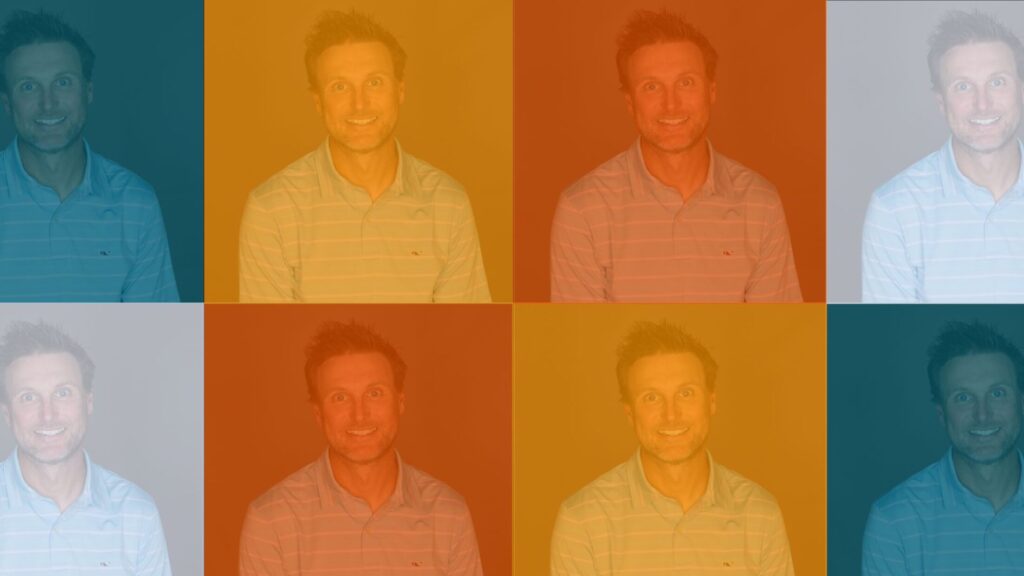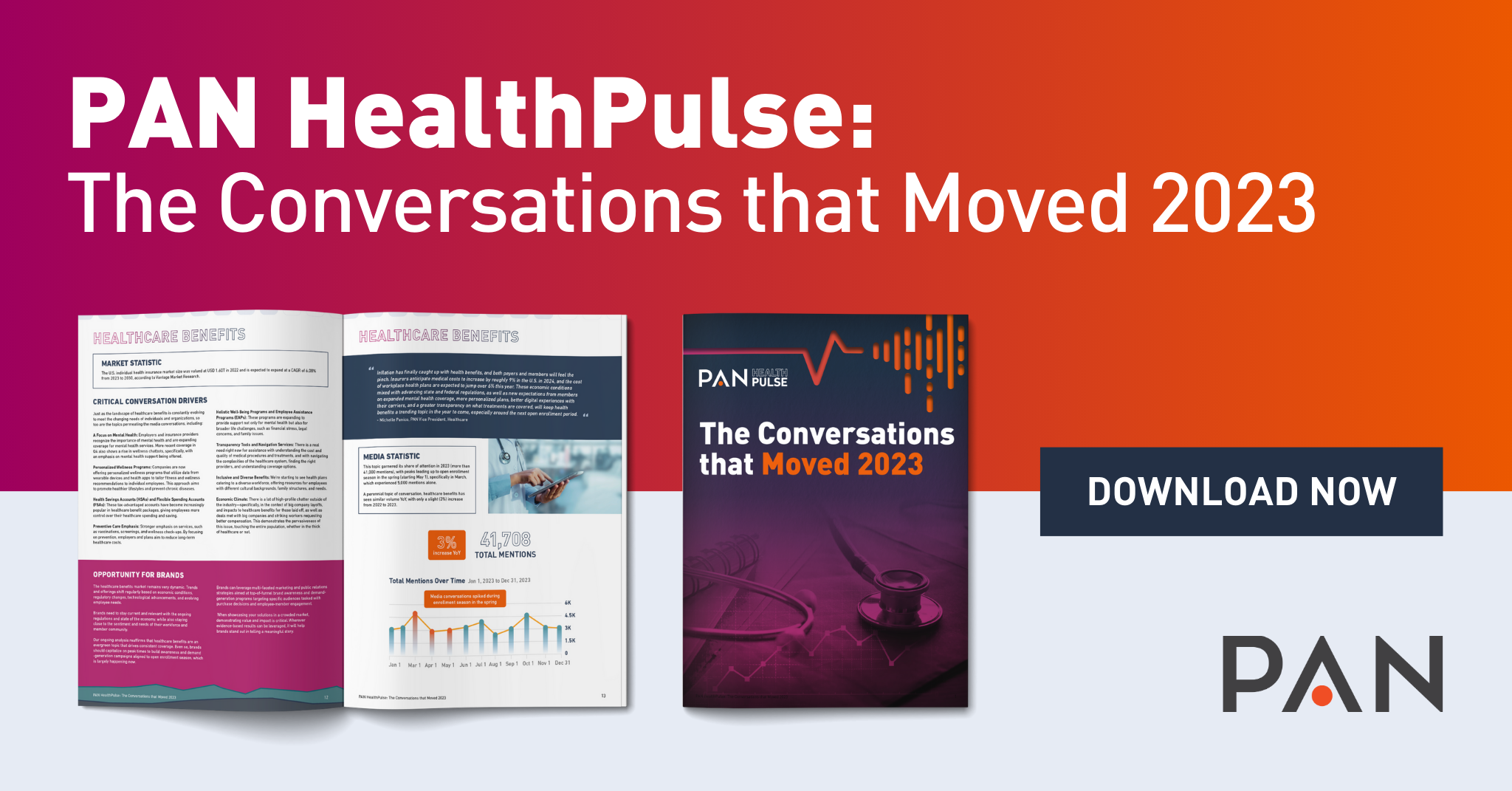![]() In the heart of the tech boom of the mid-1990s, Dan Martin found himself at the crossroads of innovation and human impact. Despite the allure of technology, it was in healthcare that he discovered his true calling — a realm where every effort directly touched lives with a profound purpose. Since that pivotal realization, Dan’s journey has been one of unwavering dedication to the B2B sector, navigating through the diverse landscape of healthcare from fledgling startups to industry titans. His expertise spans the breadth of healthcare domains, encompassing HIT/digital health, life sciences, medical devices, and biopharma services.
In the heart of the tech boom of the mid-1990s, Dan Martin found himself at the crossroads of innovation and human impact. Despite the allure of technology, it was in healthcare that he discovered his true calling — a realm where every effort directly touched lives with a profound purpose. Since that pivotal realization, Dan’s journey has been one of unwavering dedication to the B2B sector, navigating through the diverse landscape of healthcare from fledgling startups to industry titans. His expertise spans the breadth of healthcare domains, encompassing HIT/digital health, life sciences, medical devices, and biopharma services.
At the helm of PAN’s healthcare practice, Dan thrives on the pulse of change, leading his teams and clients through the dynamic shifts of the industry. With precision and insight, he crafts and refines go-to-market strategies that resonate deeply, amplifying awareness and visibility. His mission? To connect with the audiences that matter most, ensuring that healthcare innovations find their rightful place in the lives they touch.
Dan recently sat down for a Q&A session to share his unique insights and industry expertise, stressing the importance of storytelling through the eyes of the patient — as well as through the B2B2C healthcare lens, which shows direct impact to the patient and their interactions with the healthcare system.
Q. Healthcare has long held a reputation as an industry slow to adopt new technologies. In your experience, how deserving is it of that reputation? And in your work with healthcare technology companies, how do you broach this topic?
A. I think the healthcare industry has historically had that reputation, but if you look back at the past six to eight years we’ve seen tremendous progress in both the emergence of (and investment in) new technologies as well as the adoption of those technologies across the provider, health plan, employer and life sciences segments to advance patient care and cost efficiencies and eliminate overall friction. These advancements have created an ecosystem that fosters more seamless and patient-centric experiences.
While healthcare still lags behind other industries when it comes to adoption and use of technology that creates a fully immersive and digital environment for all, it is close to catching up. The problem now is too many point solutions. To continue progress, the industry must work to streamline — through better integration and interoperability — into a more platform-centric approach. I expect to see a good amount of consolidation in the coming years as larger companies, including those non-traditional healthcare companies, absorb smaller companies and their one-off solutions into their more holistic and inclusive offerings.
Q. Every industry is shaped by its own unique internal challenges, but they also have to contend with external pressures — regulatory measures, economic conditions, artificial intelligence, supply chain setbacks, and more. How have those pressures evolved over your time in the industry, and what are they like now?
A. There are a number of governing bodies that put in place guidelines, standards, and regulations to protect healthcare consumers from health risks, provide a safe working environment for healthcare professionals, and ensure that public health and welfare are served by health programs. Regulation works at all levels, and the regulatory standards are developed by government and private organizations as well. This has and will always be the case, and there are constant changes, updates, and new proposed regulations that need to be navigated, regardless of sector.
The economy is another factor and can be quite cyclical — numerous ups and downs that I have witnessed in the past 25 years. And layered on top of both of those constant external forces is the continued development and use of technology in healthcare to solve critical problems (including both hits and misses along the way). These pressures and external forces that shape both industry sectors as well as brands will always be present. Regardless, it’s important to consistently lean into your brand’s story, your key differentiators, and your value proposition by utilizing executive points of view, voice of the customer data, key moments in time for your company (i.e., funding, executive hires, tech innovation, etc.) as well as the industry (trade shows and events, days of recognition, etc.), and an omni-channel approach to help influence key decision-makers. I like to use the “reach and frequency” approach — are we reaching the right audiences and target buyers (including decision-making influencers) with the right messages, and are they receiving these messages and seeing your brand multiple times through multiple channels (and the channels they are using to gather information)?
Related Read – Healthcare: State-of-the-State 2024
In addition to the ever-present challenges that brands must navigate, the biggest change I have seen in my career relates to how brands can tell their stories to the market, specifically the evolution of the channels that can be used. No longer is it just press releases and earned media. While those channels remain critical, there now also exists an entire arsenal of other channels and methods — digital — that can be used in conjunction to amplify and increase that reach and frequency to really amp up how brands can move the sales needle.
Q. How are integrated marketing (IM) and public relations (PR) for healthcare brands different from the same practices for other industries? How is PAN’s approach to IM and PR different from other agencies?
The tools, platforms, and technology that PR and IM practitioners have at their disposal have increased exponentially in the past 25 years and are currently being applied across all industries, including healthcare. So, from that perspective, I don’t really see a difference — it’s all about telling a good story and utilizing a multi-channel approach to do so. For me, where the difference lies is in the application.
Our healthcare portfolio at PAN consists of brands across healthcare, HIT, digital health and life sciences, and we take a B2B2C approach to ensure the needs of and benefits for the end user — the patient — carry through all campaigns, program elements, and go-to-market activities. Healthcare is highly personal industry — at the end of the day, we’re all patients or caregivers (or both) and have our own experiences with the system, whether it be undergoing a procedure or surgery, procuring medication, scheduling a yearly physical, managing a chronic condition, paying a bill, or getting a referral — and it is imperative that brands don’t only talk about how they are addressing the needs of their customers (i.e., hospitals, payers, pharmaceutical companies, employers) but also pull through how that will make a positive impact in the lives of patients, whether it is facilitating the payment of a bill, reducing the time it takes to make an appointment, ensuring a better dialogue with a doctor, maximizing a benefit, managing medication, etc.
Q. What is a work experience, either at PAN or previously, that shaped or influenced the way you think about your work in this industry?
A. I spent the first two years of my career working in B2B technology for several large clients. While the experience was positive overall, and I learned a lot about agency life, best communications practices, general business, and technology, I felt something was missing for me. I was looking for work that had more of a purpose and had a direct impact on people’s lives.
I made the switch to more healthcare-focused work and, over time, that decision was only further cemented as I had my own experiences with the healthcare system and had relatives and friends face, manage, and/or succumb to various health issues. Watching the industry evolve and bring innovations to play that have resulted in improvements in patient and practitioner lives, and seeing the ongoing struggles and challenges the industry continues to manage, not only gives me a good perspective and understanding but also drives me to keep going. I’m inspired to work with brands that are making a true difference, and always remember to infuse those unique points of view and experiences into our relationships with clients.
Q. Healthcare can be high stakes — the highest, even. How do you think the inherent personal nature of the industry impacts the ability for brands in the space to tell an authentic story?
A. As I mentioned before, there is a HUGE opportunity for brands to tell an authentic story. Healthcare is highly personal, and every individual has their own, unique experience which opens many doors to tell a story through the eyes of the patient as well as through that B2B2C lens — as well as through the B2B2C healthcare lens, which shows direct impact to the patient and their interactions with the healthcare system. Bringing in that voice of the patient and clearly articulating the value proposition to the B2B audience and how it will improve a patient’s quality of care and life is critical.
Q. When you think about the next five to ten years in this industry, what excites you the most? What worries you?
A. The digital foundation within healthcare has been laid — in actuality, this started back in 2004 when former President Bush set a goal of assuring that most Americans would have electronic health records (EHRs) within ten years. Patients as well as hospitals/health systems, pharma/life sciences, payers, employers and all audiences across the healthcare landscape not only recognize the need for and value of technology but have been actively implementing and innovating for the past decade+. This creates tremendous potential from which to build and further revolutionize the way care is delivered, the inter-relationships between all players in the eco-system collaborate, and, ultimately, combat the key issues of rising costs, quality of care, and addressing patient needs at scale. That train will only gain momentum, and I’m excited to see how it all evolves; how companies, governing bodies, payers, providers, and life sciences all come together and become more cohesive in a holistic view of the patient and their care.
Conversely, what worries me is turning that cohesive, single view of the patient and seamless, collaborative approach to their care into a reality. Today, there are so many well-intentioned companies trying to address all the critical issues in healthcare that I fear there may be too many and too much overlap. As I said previously, key constituents across the healthcare eco-system are starting to be overburdened by point solution paralysis. There is a lot of clutter and companies vying for the same market share, not to mention using similar language and messages to articulate who they are and what they do.
Venture capitalists (VCs) are also noticing this — we’ve seen funding in the past one to two years start to slow (in fact, 2021 saw nearly $30B invested in the digital health space alone… a number which dropped to one-third of that, $10B, in 2023) as VCs try to sift through it all and determine which companies provide the best chance at both survival but also impact to their intended audiences. It will all sort itself out eventually, but I’m concerned it may distract from the immediate rapid change the industry needs. As this plays out, it will be critical for brands, especially the ones that will survive and come out on top, to keep a pulse on the themes, trends and conversations driving their sector and utilize unique points of view to establish thought leadership, create compelling and differentiated content, and clearly articulate their value to customers’ pain points and challenges — and do it through a multi-channel approach.
PAN has partnered with hundreds of leading healthcare brands to help them achieve their business goals and reach their next stage(s) of growth. Check out some of the work we’ve done.




